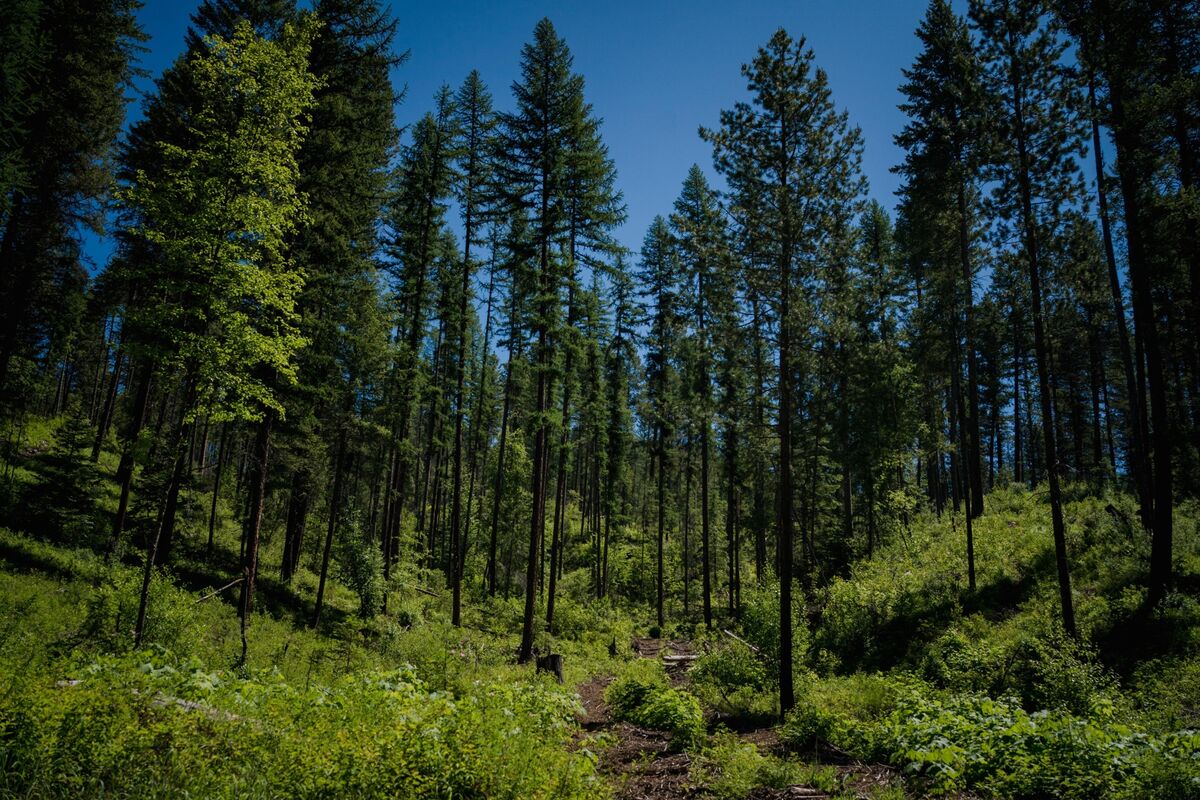USDA Expands Forest Logging to Curb Wildfires: A Controversial Strategy
The United States Department of Agriculture (USDA) has announced an expansion of its forest logging program, aiming to mitigate the increasing risk of devastating wildfires across the country. This controversial strategy, while lauded by some as a necessary step for forest health, faces significant criticism from environmental groups concerned about its impact on biodiversity and habitat loss.
The Rationale Behind the Expansion:
The USDA argues that decades of fire suppression have led to an unnatural buildup of underbrush and dead trees, creating a massive fuel load that fuels intense and widespread wildfires. By thinning forests through controlled logging, the agency believes they can reduce the intensity and spread of future fires, protecting both lives and property. This approach, known as forest thinning or fuel reduction, is intended to create "fuel breaks" – areas with less flammable material that can help slow or stop the advance of a wildfire.
Specifics of the Expanded Program:
While the details are still emerging, the expansion will likely involve increased funding and resources allocated to logging operations on federal lands, primarily within national forests. The USDA intends to:
- Increase logging contracts: This will involve awarding more contracts to logging companies to carry out thinning and fuel reduction projects.
- Prioritize high-risk areas: The focus will be on areas identified as having the highest risk of catastrophic wildfires, based on factors like fuel load, topography, and climate.
- Employ modern logging techniques: The USDA is emphasizing the use of techniques that minimize environmental impact, such as selective logging and careful planning to avoid harming sensitive ecosystems.
The Controversy and Criticism:
Despite the USDA's assurances, the expansion of logging operations has sparked fierce opposition from environmental groups. Key concerns include:
- Habitat loss: Logging can disrupt and destroy crucial habitats for numerous plant and animal species, leading to biodiversity loss.
- Soil erosion: Removal of trees can increase soil erosion, impacting water quality and downstream ecosystems.
- Carbon emissions: While the aim is to reduce wildfire emissions, the logging process itself generates carbon emissions through the transportation and processing of wood.
- Potential for over-logging: There are concerns that the expansion could lead to over-logging in some areas, harming forest health and resilience in the long run. Careful monitoring and regulation are crucial.
Finding a Balance: A Path Forward?
The debate surrounding forest management and wildfire prevention is complex and multifaceted. Finding a balance between reducing wildfire risks and protecting the environment is paramount. This requires a multifaceted approach that may include:
- Prescribed burns: Controlled burns can effectively reduce fuel loads while mimicking natural fire cycles.
- Improved forest monitoring: Advanced technologies can help track fuel loads and identify areas at high risk.
- Community engagement: Involving local communities in forest management planning can lead to more effective and sustainable strategies.
The expansion of forest logging by the USDA is a significant development with far-reaching consequences. The long-term effectiveness and environmental impact of this strategy remain to be seen. Ongoing monitoring, rigorous environmental assessments, and transparent public discourse are essential to ensure that this initiative achieves its stated goals while minimizing unintended negative consequences. Further research into alternative and complementary approaches is also crucial to developing a comprehensive and sustainable strategy for wildfire prevention.
Keywords: USDA, forest logging, wildfires, forest management, fuel reduction, environmental impact, biodiversity, climate change, prescribed burns, habitat loss, soil erosion, carbon emissions, selective logging.

